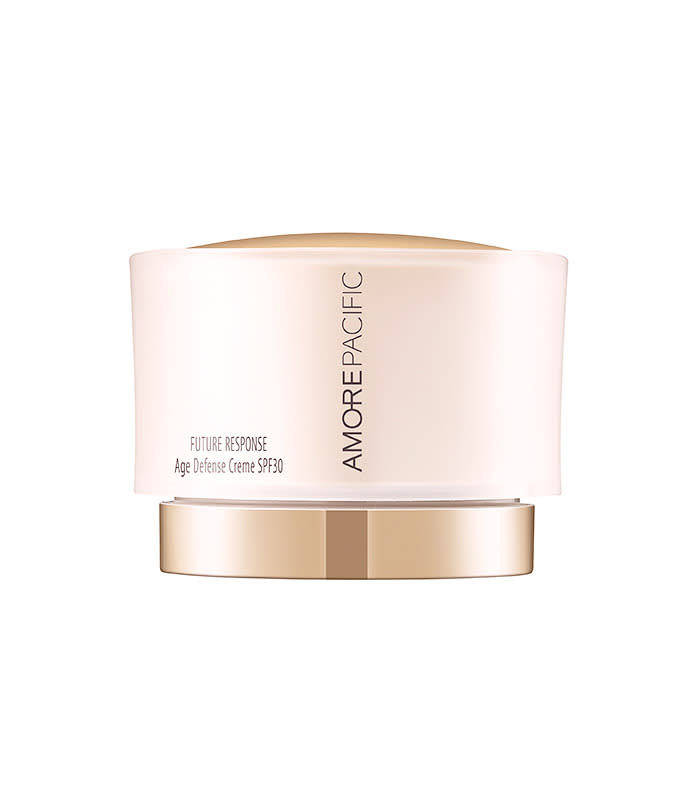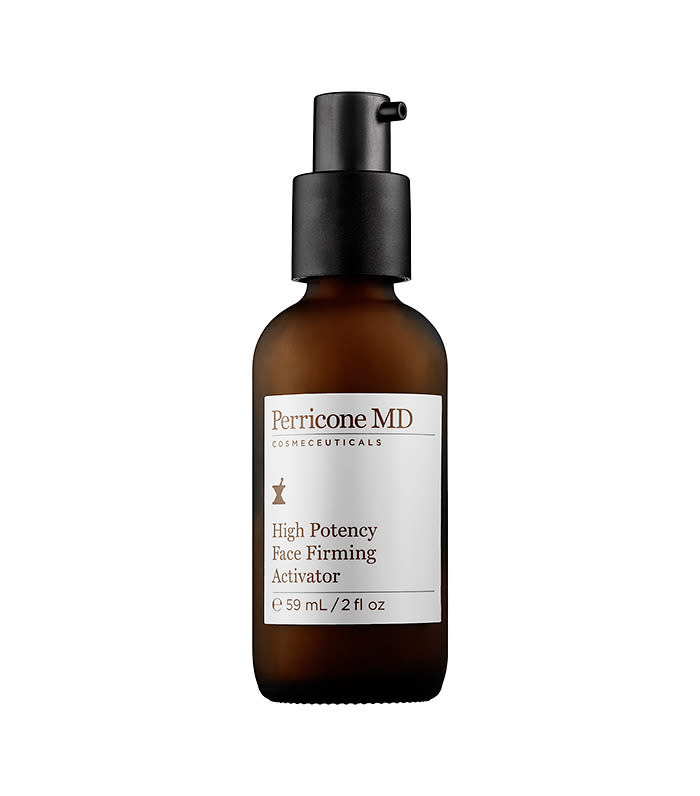Are Pricey Skincare Products Worth It?
by FAITH XUE

Photo: Imaxtree
What is it about a luxe skincare product that tempts us to go carte blanche with our bank accounts? After all, spending $100 for a small pot of face cream seems just slightly obscene—that is, until we’re greeted with exquisite packaging; a silky, light-as-air formula; and the lightest, most intoxicating scent. Consider us goners. But after a while—artful packaging aside—we have to wonder: Are these pricey products really worth the splurge? Are the ingredients inside them really that much better and more powerful than their wallet-friendlier counterparts? We took our query to Joyce de Lemos, a cosmetic chemist at a major beauty brand. What we found out was eye-opening, to say the least.

When we shell out money for a high-end skincare product, we expect what’s inside the gilded packaging to be what we’re paying for. With more expensive products come better ingredients and more-sophisticated technology—right? According to de Lemos, that’s not always the case. “We have no problem taking an amazing formula and taking out the most expensive parts, like the proprietary ingredients or signature scent, then repackaging it for a cheaper product,” she explains. “Giant brands will often take a formula from one brand that’s doing really well, and they’ll just decorate it and repackage it for another brand.” So, though the “star” ingredients may remain in the higher-end product, the base can be exactly the same. De Lemos uses the analogy of—what else?—cake. “If you have a red velvet cake and everyone likes it but one particular company makes it with a cream cheese frosting, then that frosting is signature to that brand,” she explains. “However, you can still use that cake base—you can make it for cheaper, and it tastes just as good.”
Related: The ONE Skincare Product Every Korean Woman Uses

What you are paying for in a pricier product, however, is what de Lemos refers to as the “elegance” of the formula. Take, for instance, silicones. “They really just make your formula super sexy and give you that glide,” de Lemos says. “If you go to a supermarket and buy a moisturizer that’s dimethicone-free, you’ll notice it’s super tacky, super draggy, and might pill.” She notes that silicones like dimethicone and light-reflecting ingredients like talc and mica don’t really contribute anything to your skin, however, other than a smoother application. You may be thinking, Are you saying I just paid $200 for a moisturizer that just feels more luxe?! Well, no, not quite that, either. Pricier, higher-end skincare brands often include their own proprietary blend of ingredients in their products, which can be sourced from labs exclusive to them—in other words, you won’t be finding them in the aisles of your drugstore, and they really can have remarkable effects on your skin. However, on the flip side, because they are proprietary blends, brands don’t have to reveal what exactly goes in them—in other words, one could be 90% water and only 10% active ingredients, but the latter will still show up first in the ingredients list. Tricky, tricky. At the end of the day, de Lemos says, there’s only one real way to determine if a pricey product is worth the cost…
Related: The Ultimate Daily Skincare Menu for Every Skin Type

“For me, as a consumer, I look for evidence that a product works,” de Lemos says. “If I look at a brand like Murad, Perricone MD, or SkinMedica that actually puts forth the effort to create clinical tests, and shows me evidence that their product actually works, then at least I know I’m buying something that the company put money into proving.” So before investing in a super-luxe product, take the time to do your research. Go online to see if the brand has done any studies or can provide statistics that support their promise of banishing dark spots or healing acne.
Smaller brands, however, might not have the funding to carry out studies—which is when you, the consumer, can rely on your own beauty know-how and learn to read an ingredients list like a cosmetic chemist. “Look for tried-and-true ingredients that work,” de Lemos says. “Retinol is one of them—so much science has been done on the value of it. Vitamin C, vitamin E, and ferulic acid have all been proven by science to work.” If you’re in the market for a face cream and are willing to splurge, de Lemos says you should first pinpoint the three things you’re trying to repair or prevent, then look for ingredients that are proven to help. And remember: The ingredients list always shows them in the order of the amount present in the product up to 1%. “The takeaway is people should just note the main ingredients in the product they’re buying, do the research, and look for proof that it works,” de Lemos says. Were you surprised by this information?
Related: How to Transition Your Skin Into Fall: A 7-Step Guide
Keep scrolling to shop some of our favorite luxe skincare buys with science to back them!

Chanel Sublimage La Crème Texture Suprême

AmorePacific Future Response Age Defence Cream

Perricone MD High Potency Face Firming Activator

SkinCeuticals C E Ferulic

StriVectin Advanced Retinol Intensive Night Moisturizer
More From Byrdie:
6 Reasons You Don’t Have the Skin You Want
